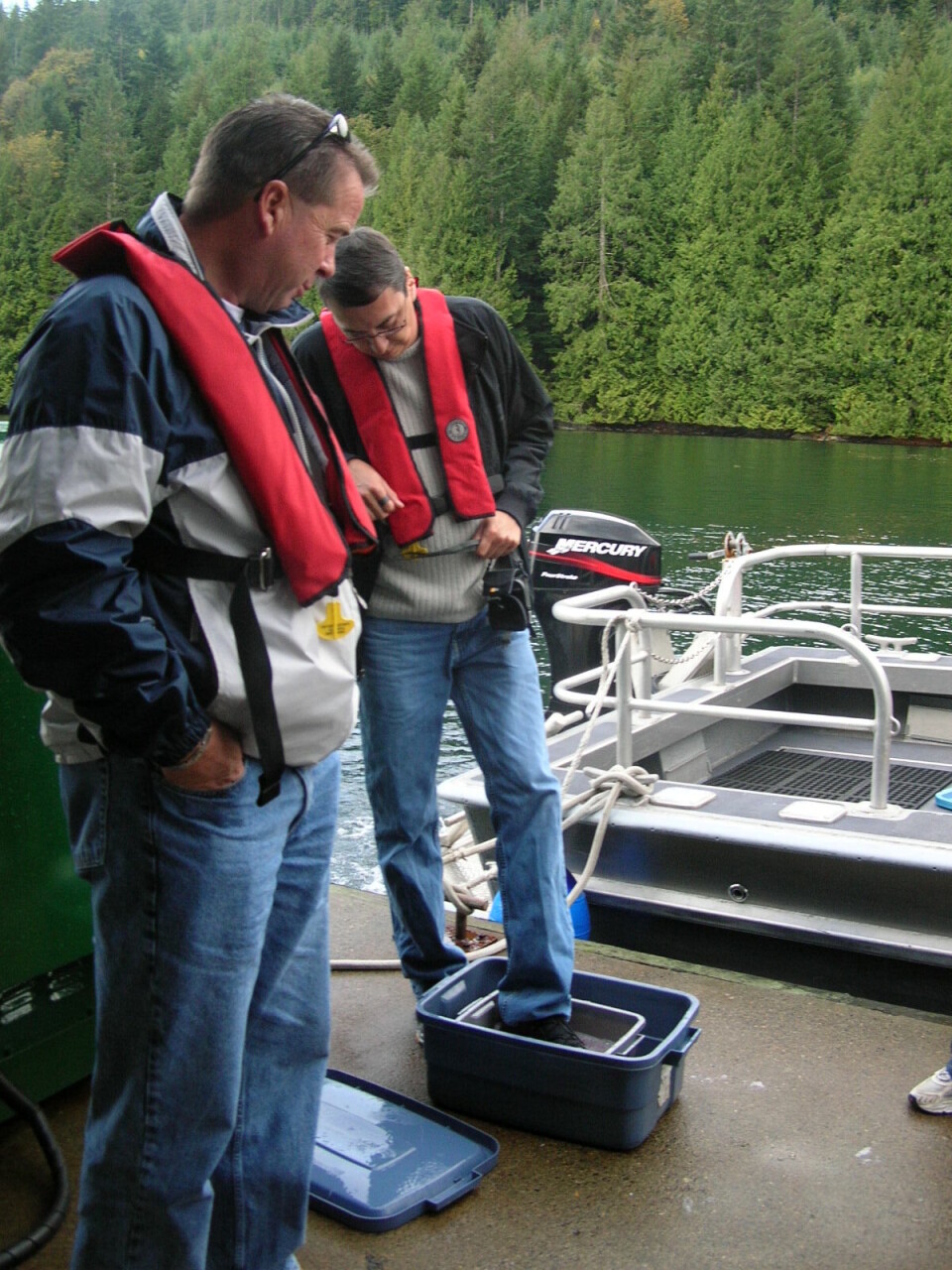
Virus transfer from wild fish to farmed fish discussed
Among the credible and professional scientific community that deals with fish health issues there is agreement that the ISA virus as known in other parts of the world is yet to be found in British Columbia or Washington State salmon farms. But this has not stopped others to claim the opposite- most often based on findings of snippets of DNA that could just as well be from different organisms as from an ISA virus. Not a single ISA virus has been produced by scientifically acceptable methods from thousands of samples taken from the areas fish farms.
According to an article in the Peninsula Daily News by writer Charlie Bermant, Washington State’s Jefferson County commissioners are looking into using a conditional-use process to evaluate potential fish-farming operations since the state Department of Ecology has said the county cannot place an outright ban on the practice in its shoreline management program update. An expert panel consisting of Mike Rust, science coordinator for the Office of Aquaculture in the National Oceanic and Atmospheric Administration Fisheries, Jill Rolland, director of the U.S. Geological Survey Western Fisheries Research Center; Laura Hoberecht, National Wildlife Refuge aquaculture coordinator, NOAA National Marine Fisheries Service; Hugh Mitchell, an expert on fish health and vaccines; and John Kerwin of the state Department of Fish and Wildlife. The meeting was called to examine the potential disease dangers of fish farming.
After some not so scientific comments about the merits of trying to install a fish-farming site in Jefferson County, the panel got down to serious business;
The commissioners already have ruled out Discovery Bay and Hood Canal for fish-farming operations, with the only acceptable places in the Strait of Juan de Fuca and on the Pacific Coast of the West End of the county. Jefferson County Commissioner Phil Johnson didn't think (the not so scientific comment) was a joke and thought it pertained to the intense permit process that any applicant would need to satisfy should they choose to locate in Jefferson County. “I think that the reason they might not want to locate here is because they don't want to have to fight for everything they want,” Johnson said. Johnson said he was most worried about infectious salmon anemia virus — also known as ISA — and how its presence would affect the aquatic wildlife that are in proximity to the fish farm. “We don't believe there is any ISA in British Columbia,” Mitchell said. “There was a piece of DNA that showed its presence, but it wasn't there when we tested again, and even that little piece is debatable.” Several panelists said the virus transmission more often occurs from wild fish to farmed fish, but the concentration of many fish in a small space is still an issue. “When the fish are in close proximity to each other, the diseases can spread more easily, like when you take a sick kid to day care,” Rolland said. “Farmed fish are more likely to get viruses from wild fish than the other way around.” “There is a variety of currents that pass through a net pen, but most of the toxins are reduced to a background level within a football field's length,” Kerwin said. “They seem to be telling us that everything is OK and they have this under control, but I still have some questions,” Johnson said. “I find it hard to believe that the concentration of feces is not a problem after all the articles that I've read about this.” Johnson also is concerned about the presence of sea lice, something panel members said was not an issue in United States waterways. Associate planner Michelle McConnell said net pens currently are allowed under Jefferson County code and that no applications for such a venture have been received for several decades, but the examination process is still necessary. “There is risk in all things, but the best way to restrict the use is to take a look at all the foreseeable possibilities and to put an adaptable system in place,” she said. In developing the shoreline management program, the greatest sticking point has been establishing a mechanism for evaluating fish farms. “I'm not doing this to be difficult,” Johnson said of his continued skepticism about the fish-farming process.






















































